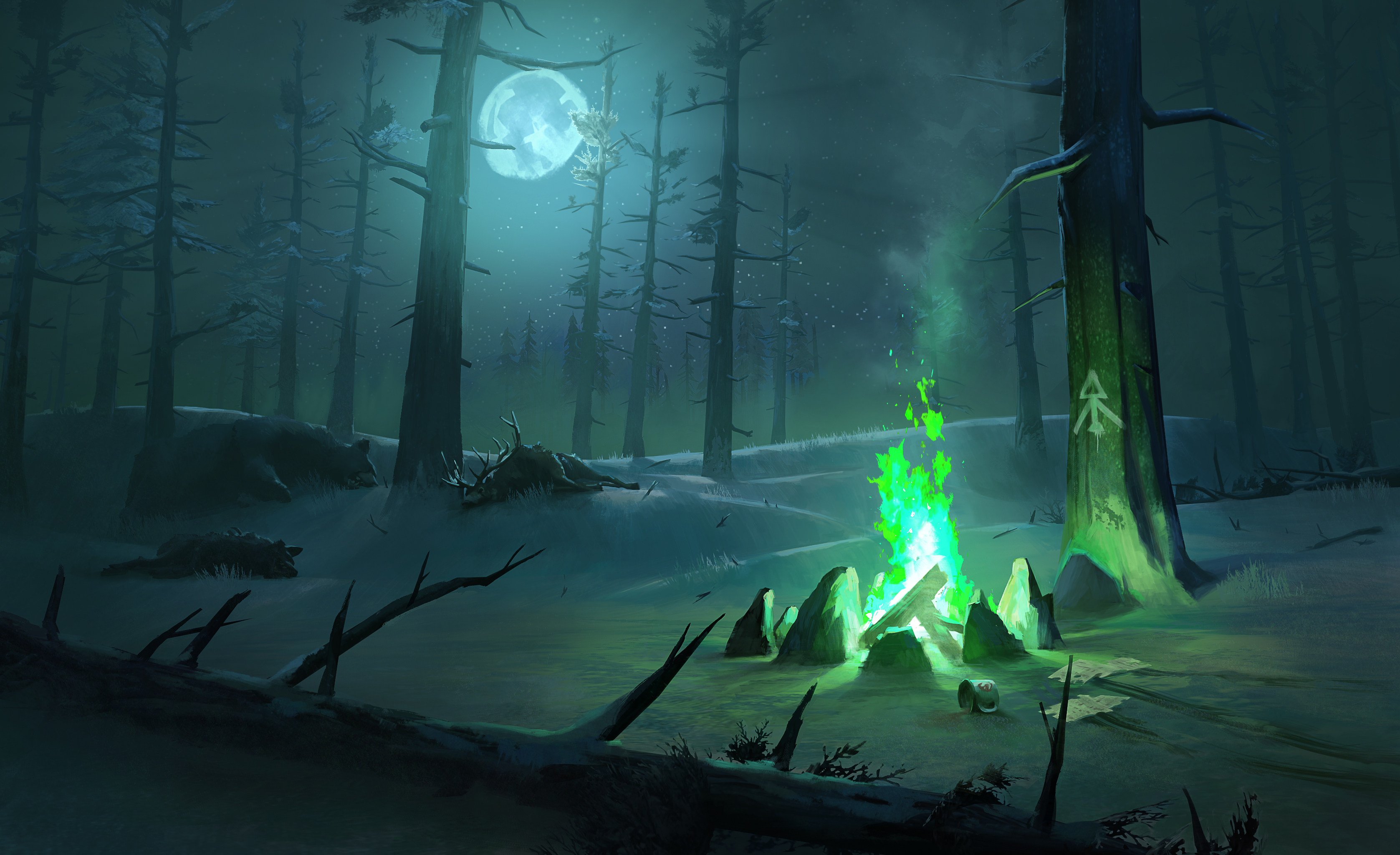


A study based on nearly 3,000 skins of the red fox in Finland, revealed that 99% were of the reddish form, with cross foxes comprising only 0.3% of the remaining 1%. Ĭross foxes are occasionally reported in Scandinavia, having been described by Conrad Gessner and Olaus Magnus. Cross foxes were once abundant in Idaho and Utah before being largely killed off. One theory is that a pale coat may have better insulating properties-because melanin, the substance responsible for colored hair, is absent from white fur, leaving air spaces in the hair shaft.Cross foxes are relatively common in the northern areas of North America, and comprise up to 30% of Canada's red fox population. In fact, most Arctic animals do not change color with the seasons at all, even species closely related to those that do. Scientists believe that if staying hidden were the only upside, many more snow dwellers would be white, but that is not the case. While camouflage is one evolutionary factor that has selected for seasonally white fur, it is likely that the switch to winter whites confers other advantages as well. Unlike many white animals associated with the north, such as polar bears and snowy owls, which are white all year, these creatures shift their colors with the seasons. Scott Stephens-iStock/Thinkstock Robb HannawackerĪs temperatures drop and autumn gives way to the seemingly ceaseless snows of winter, some animals in northerly climes exchange their pelage or plumage of summer drab for the purest white. Britannica Explains In these videos, Britannica explains a variety of topics and answers frequently asked questions.This Time in History In these videos, find out what happened this month (or any month!) in history.#WTFact Videos In #WTFact Britannica shares some of the most bizarre facts we can find.Demystified Videos In Demystified, Britannica has all the answers to your burning questions.Britannica Classics Check out these retro videos from Encyclopedia Britannica’s archives.


 0 kommentar(er)
0 kommentar(er)
